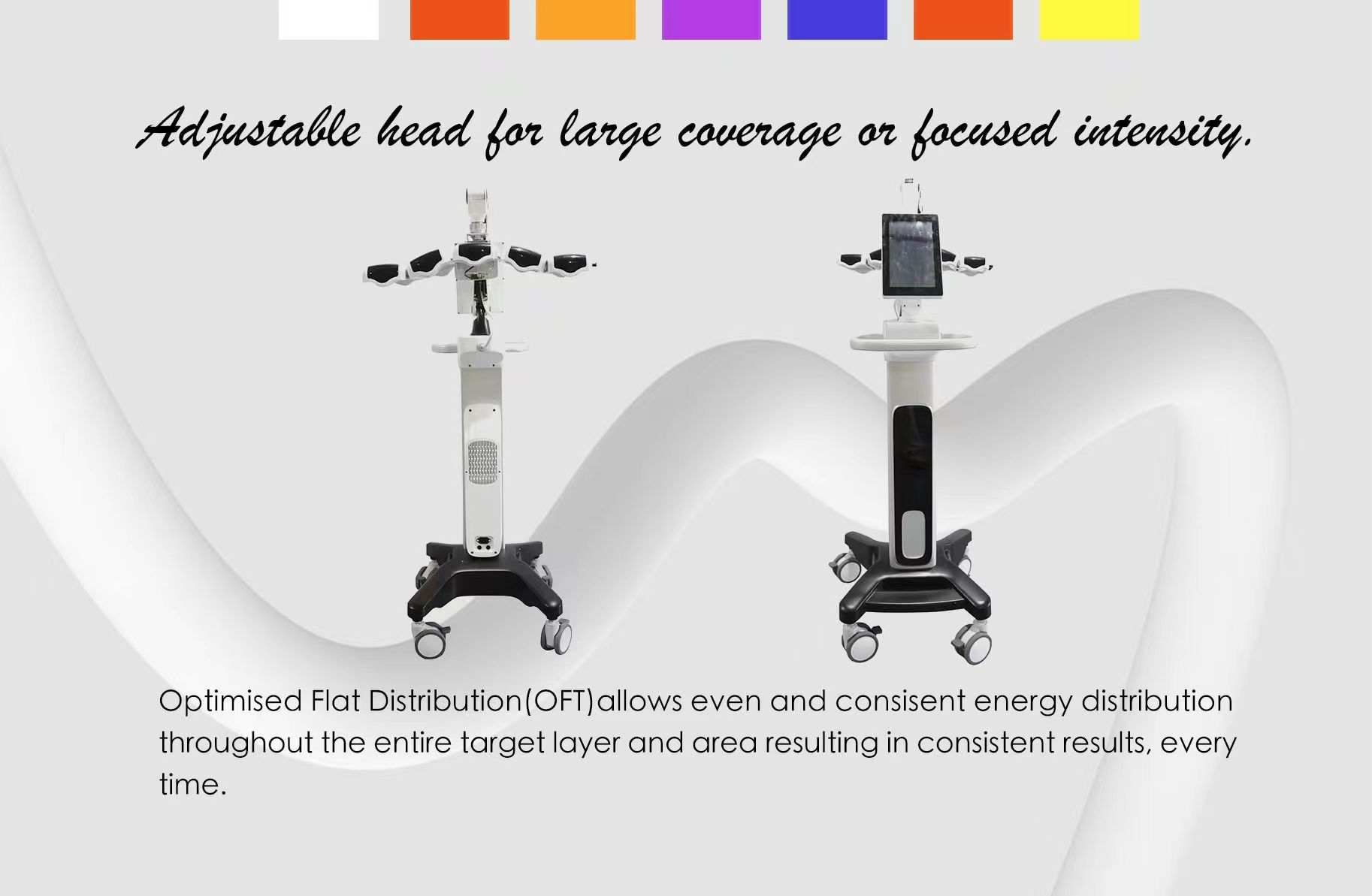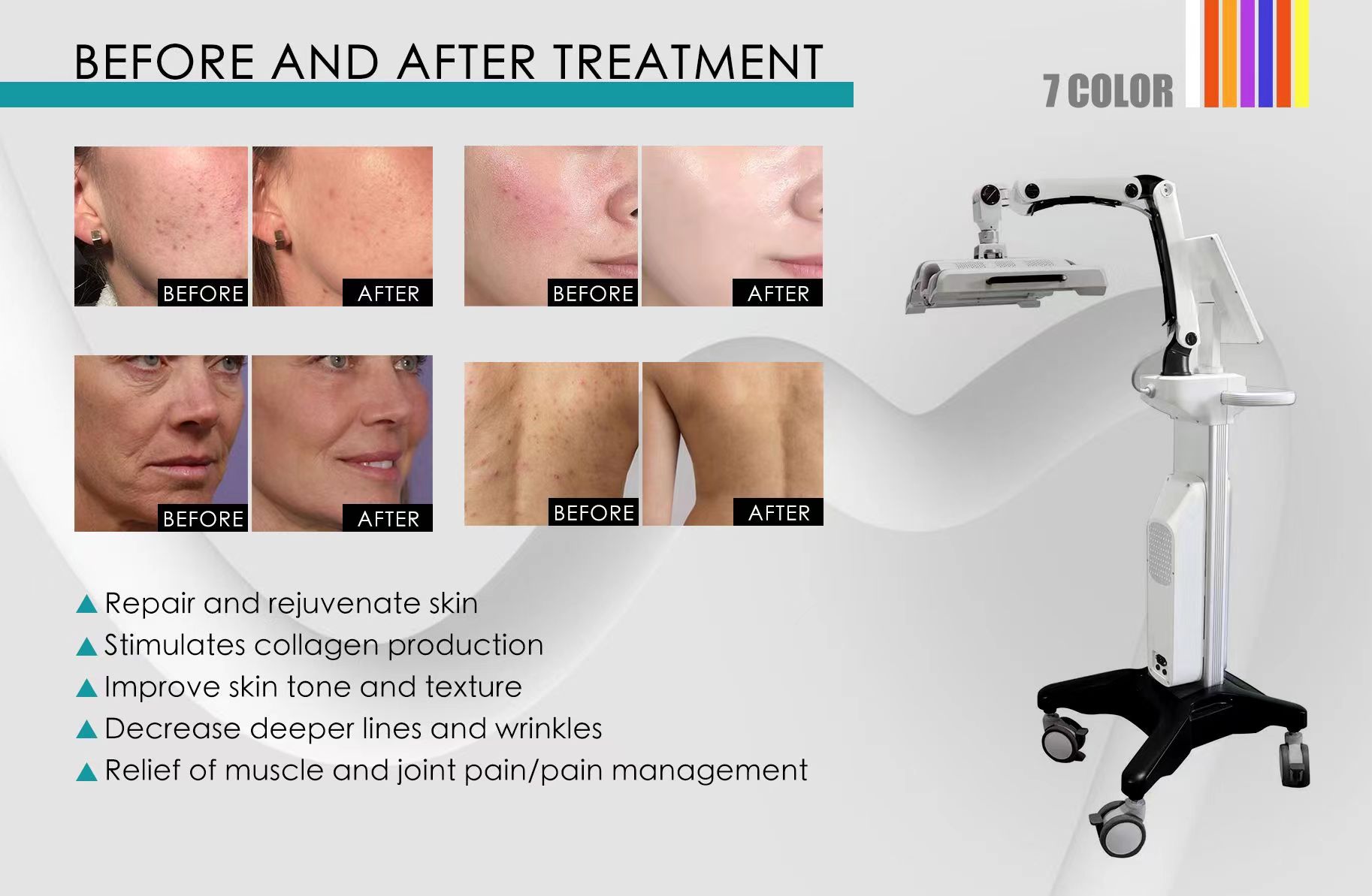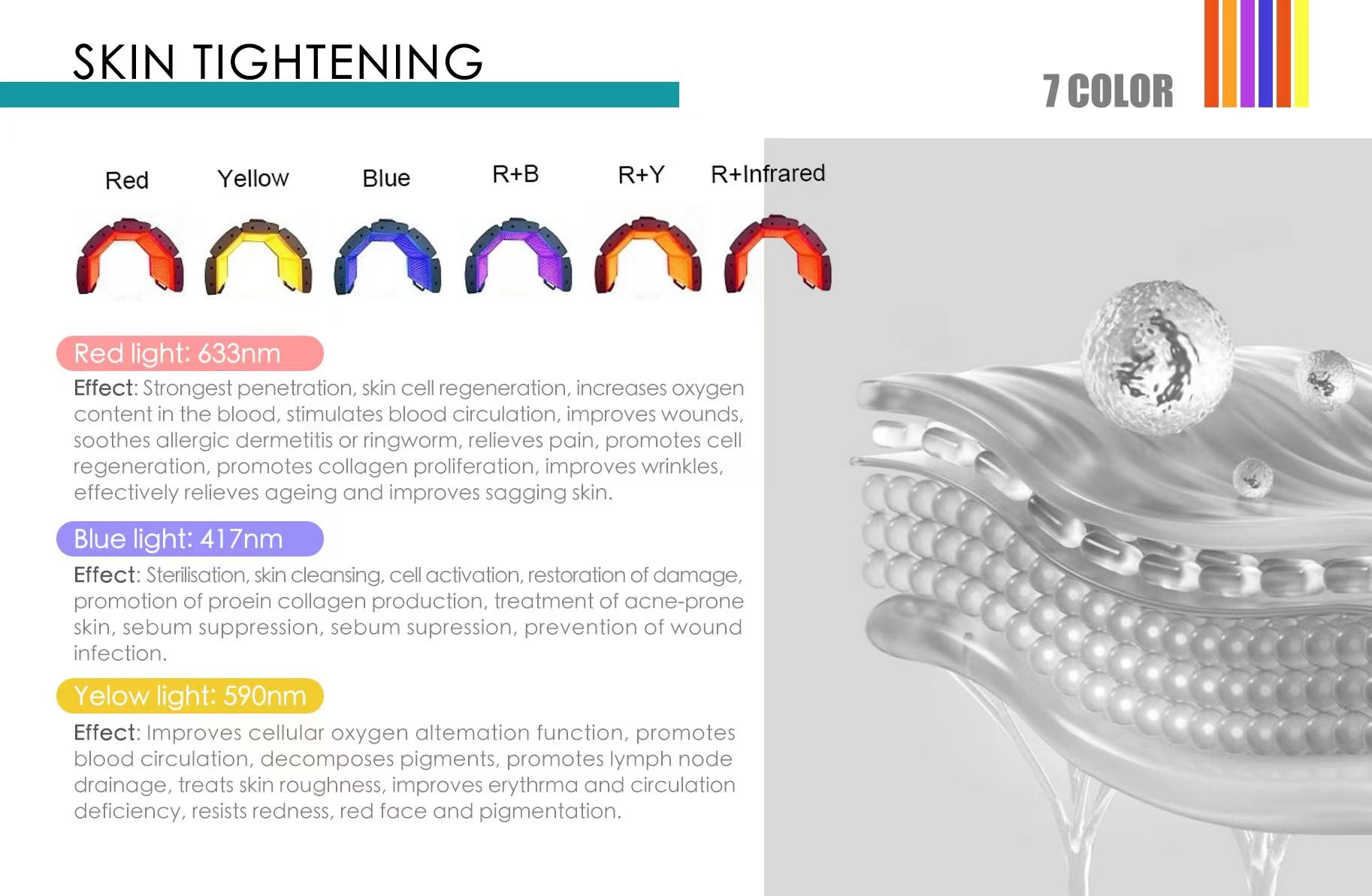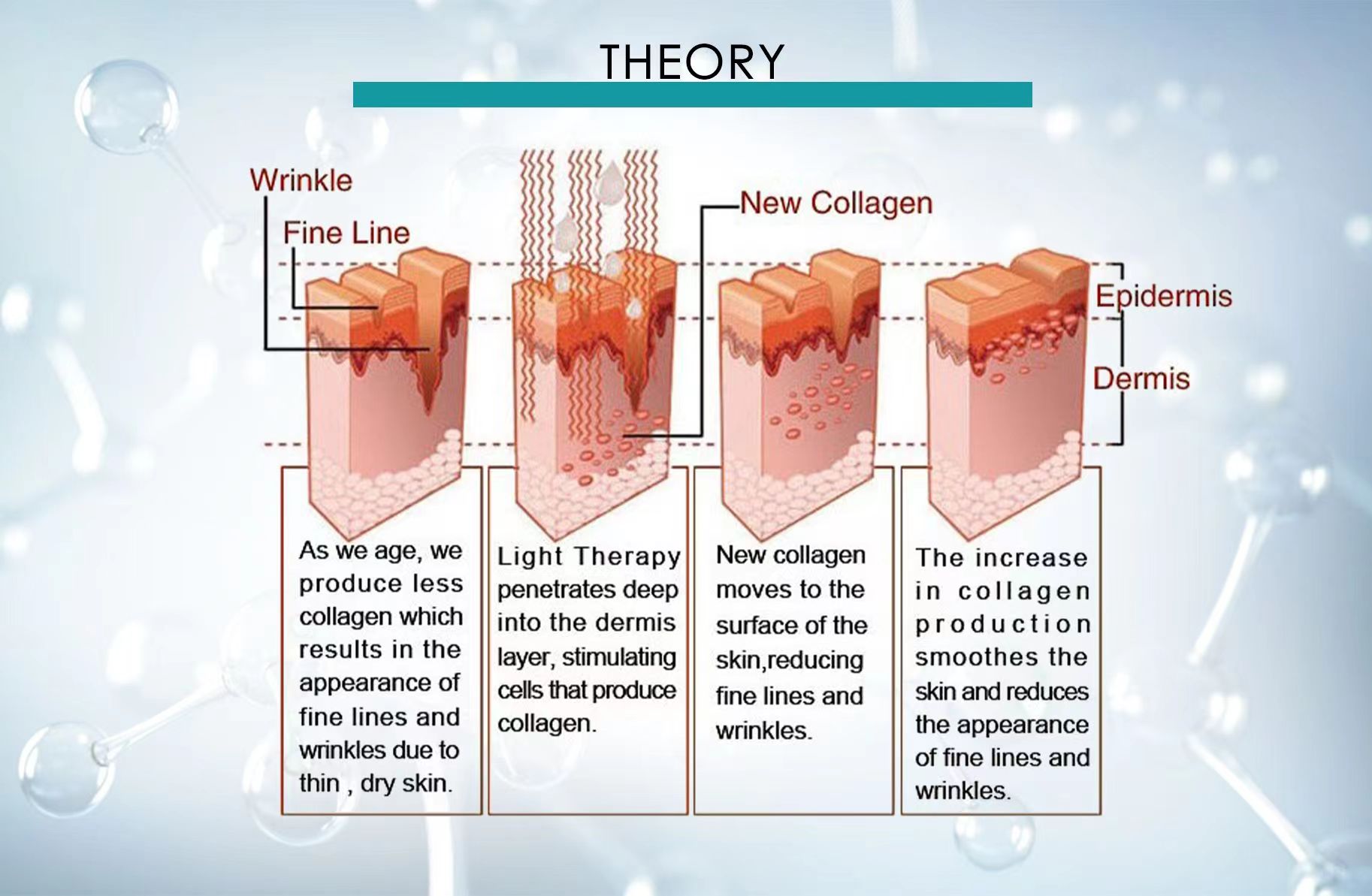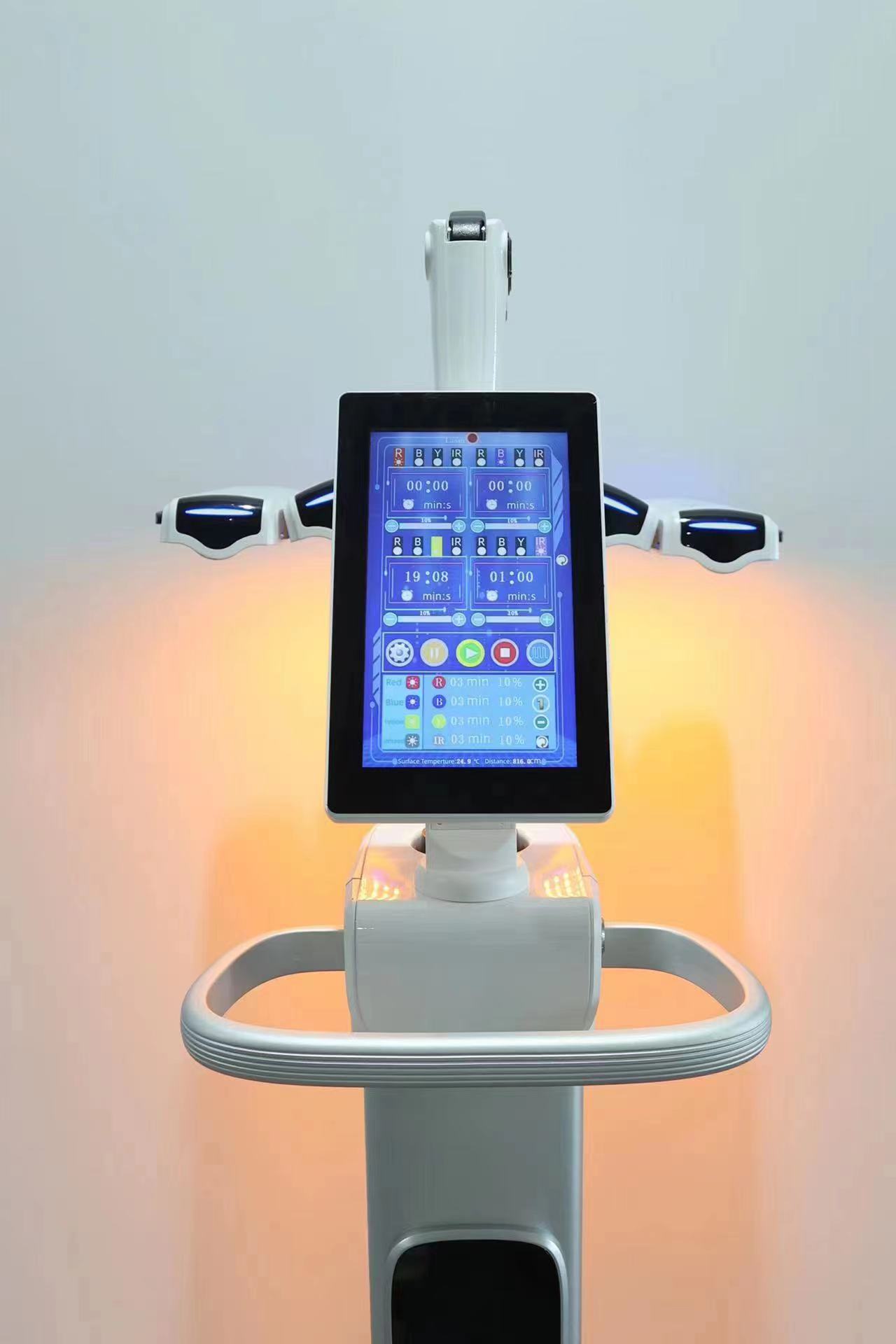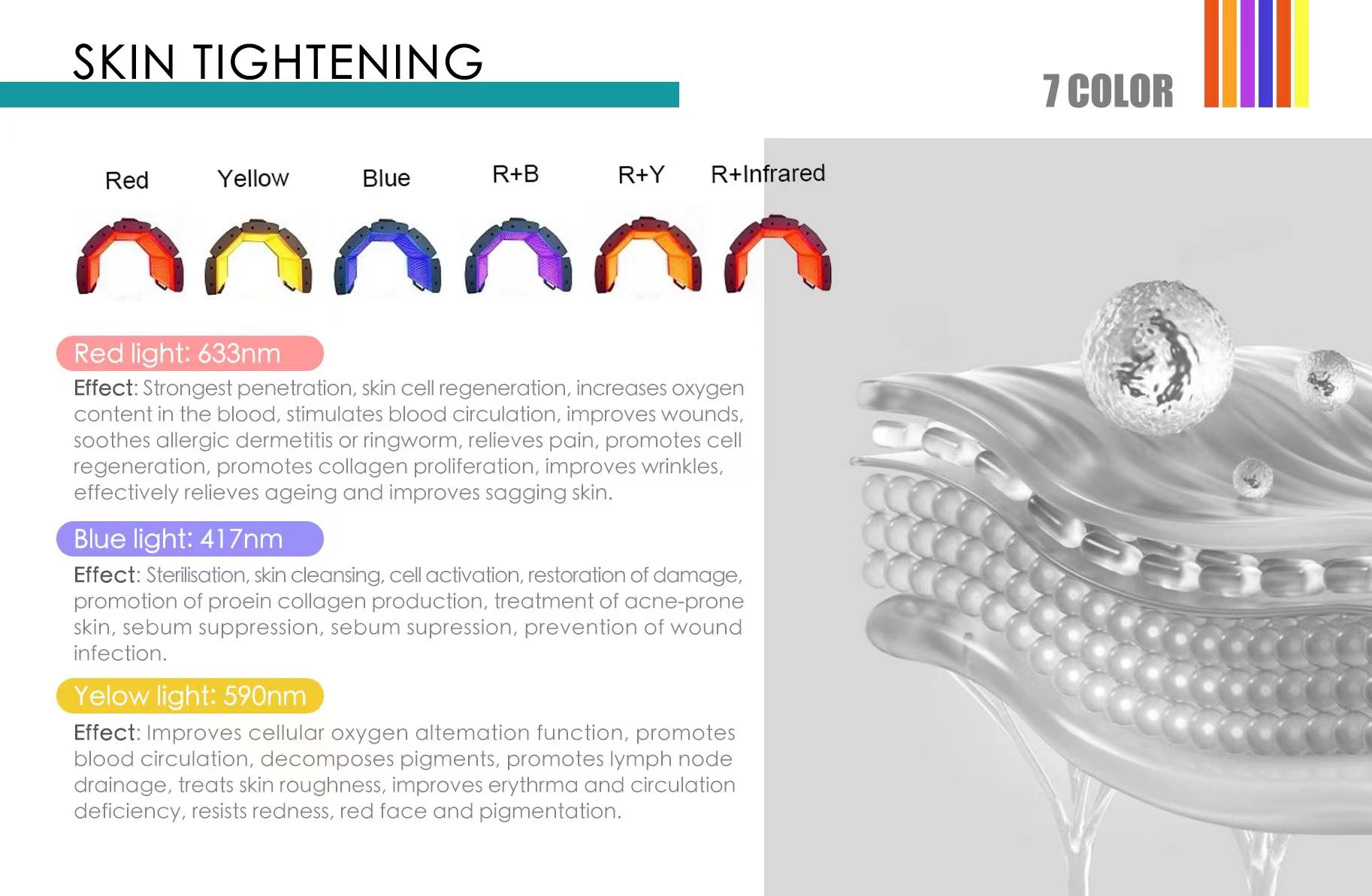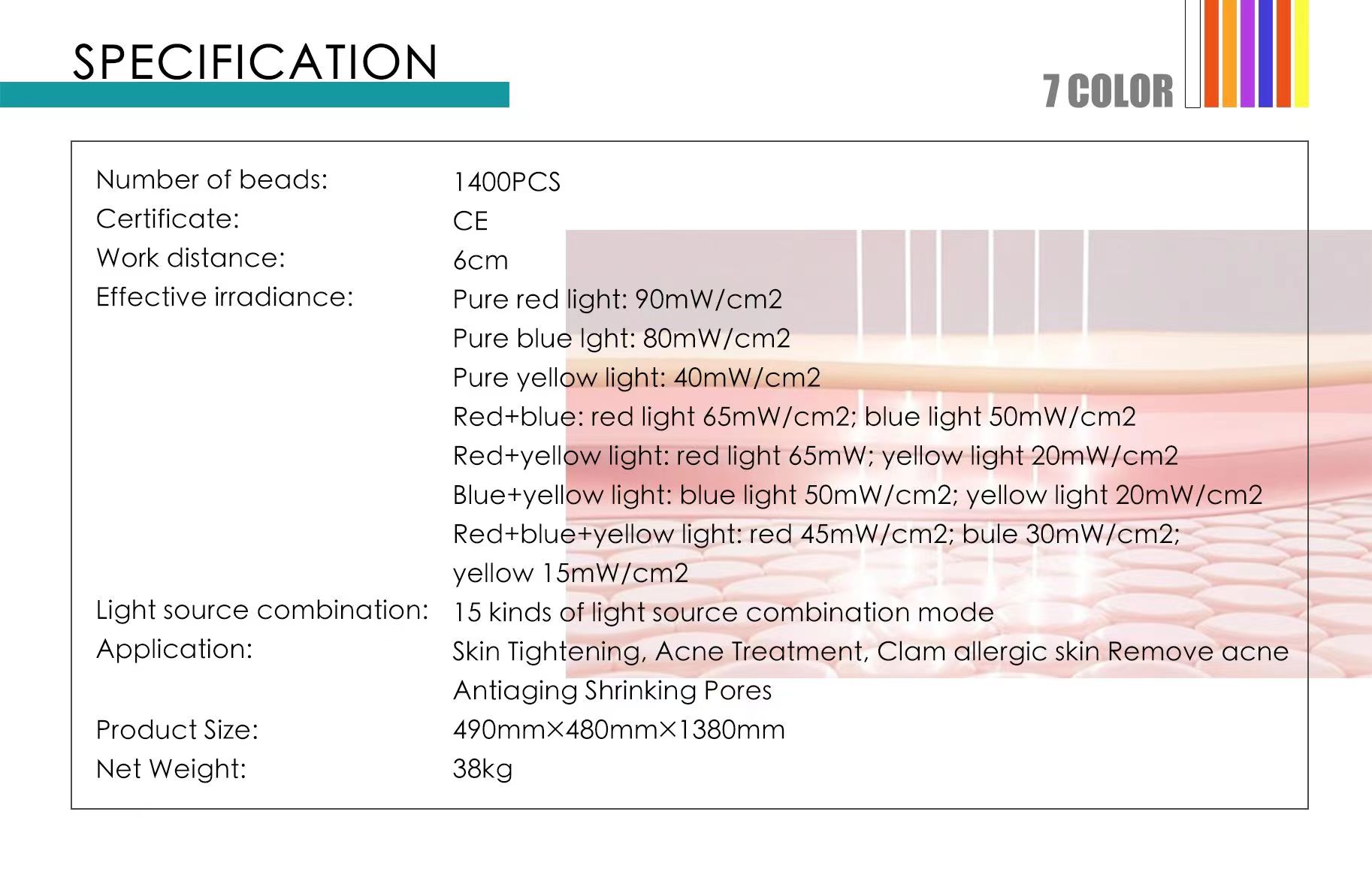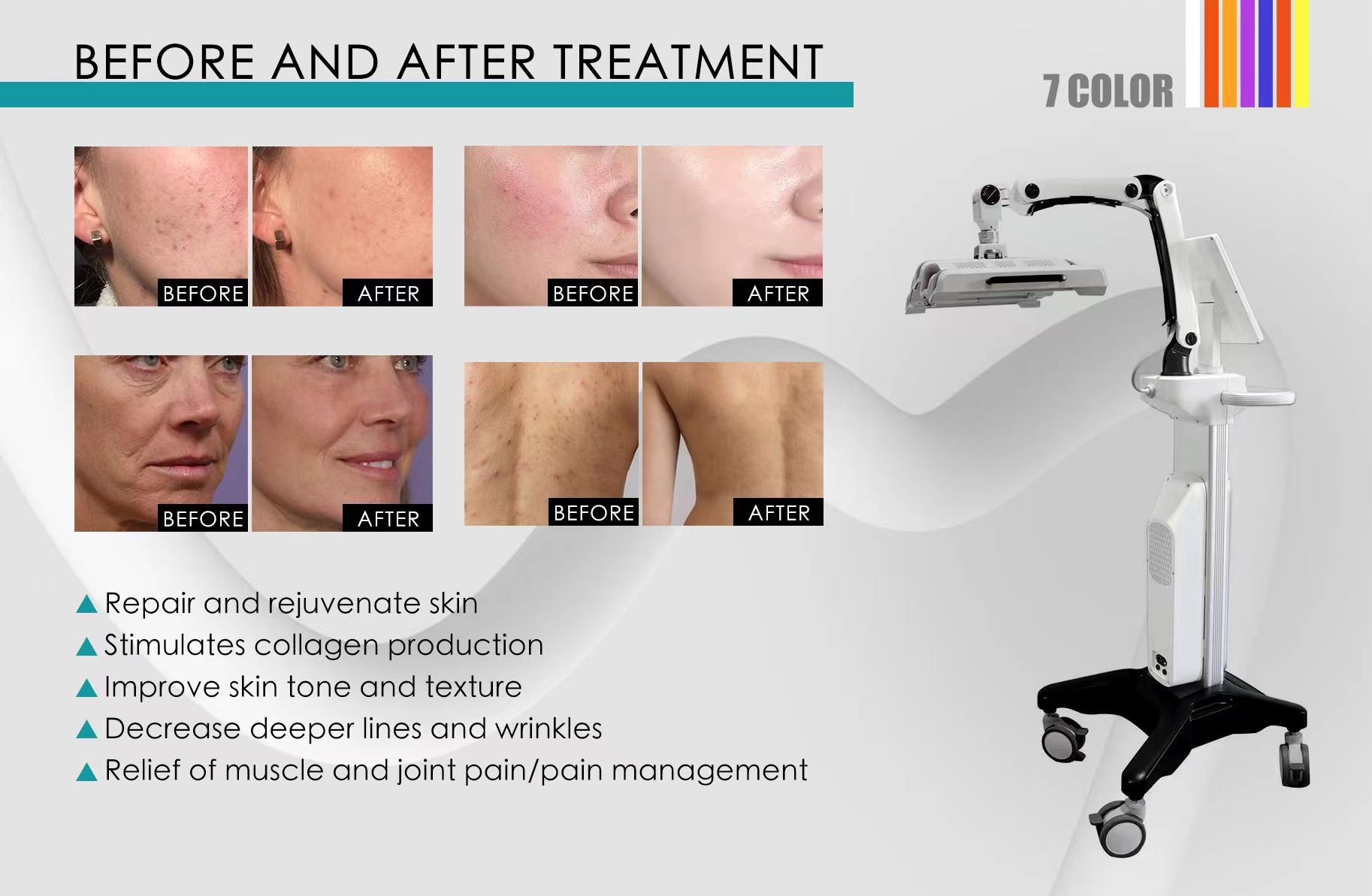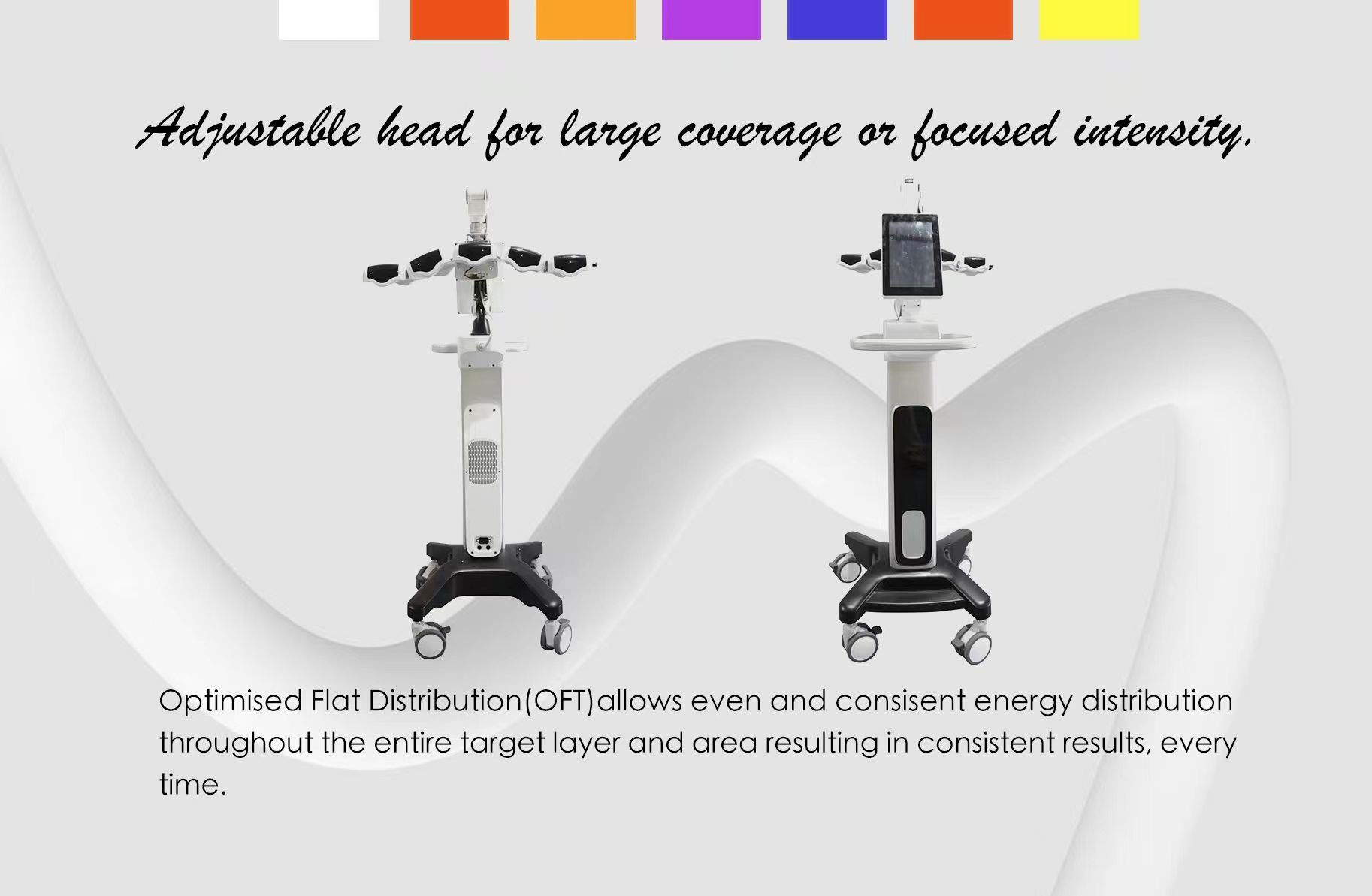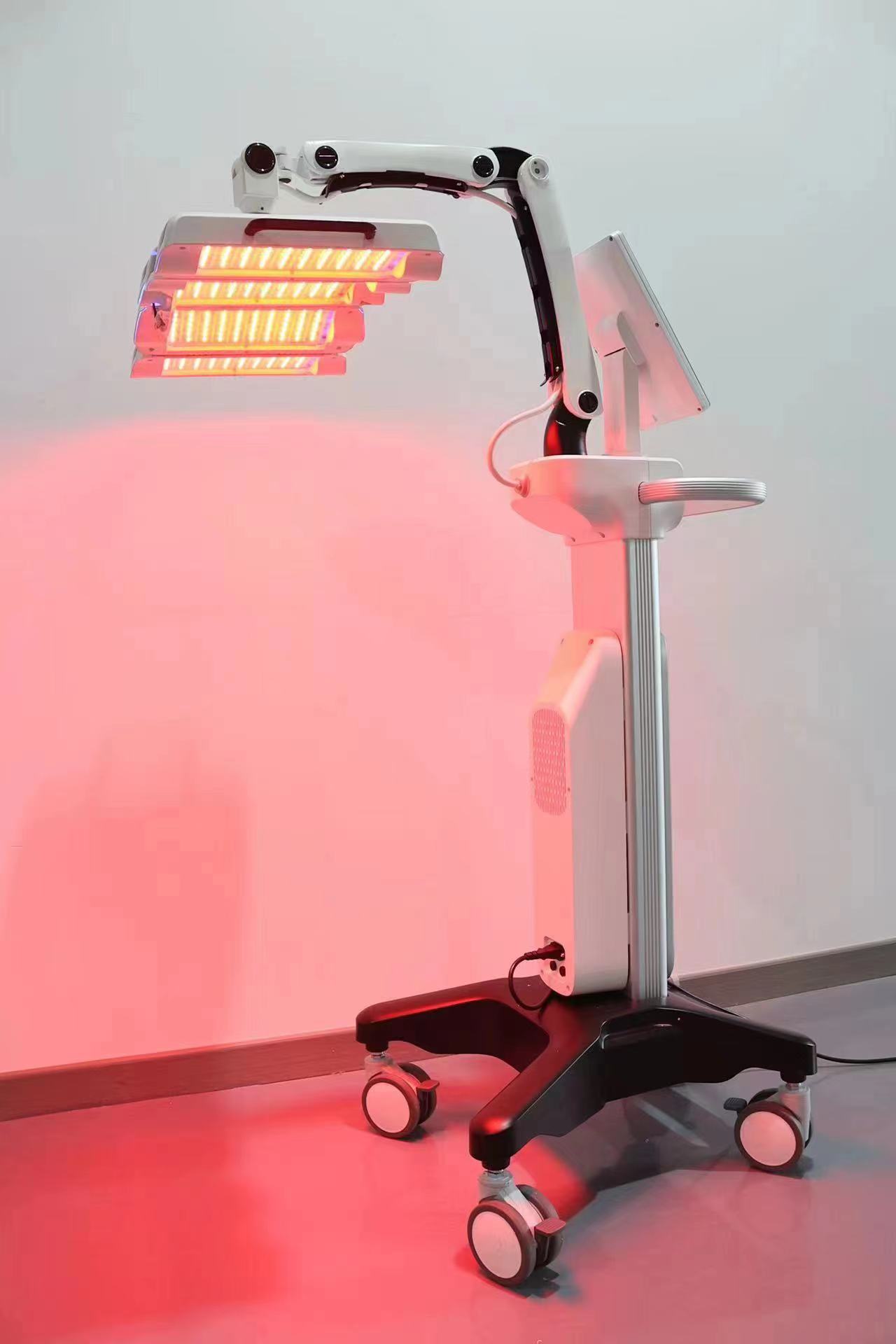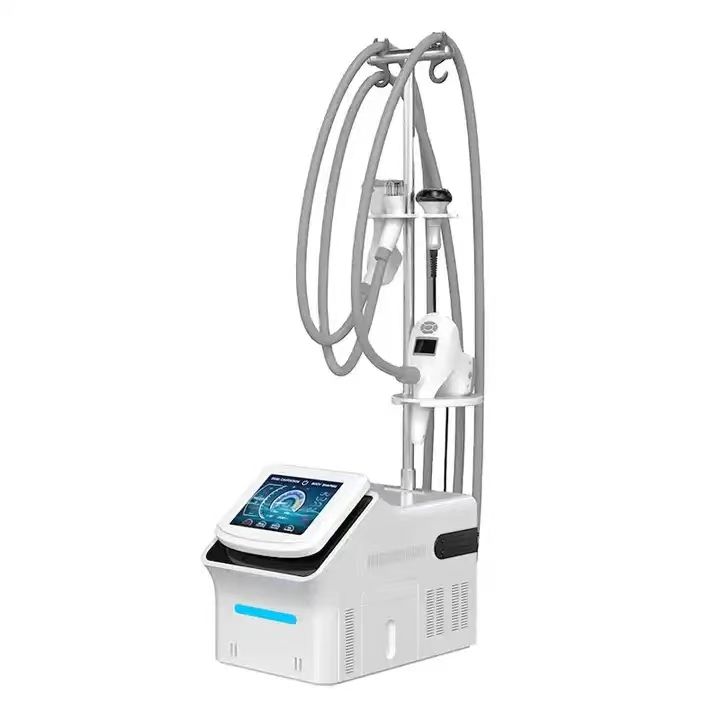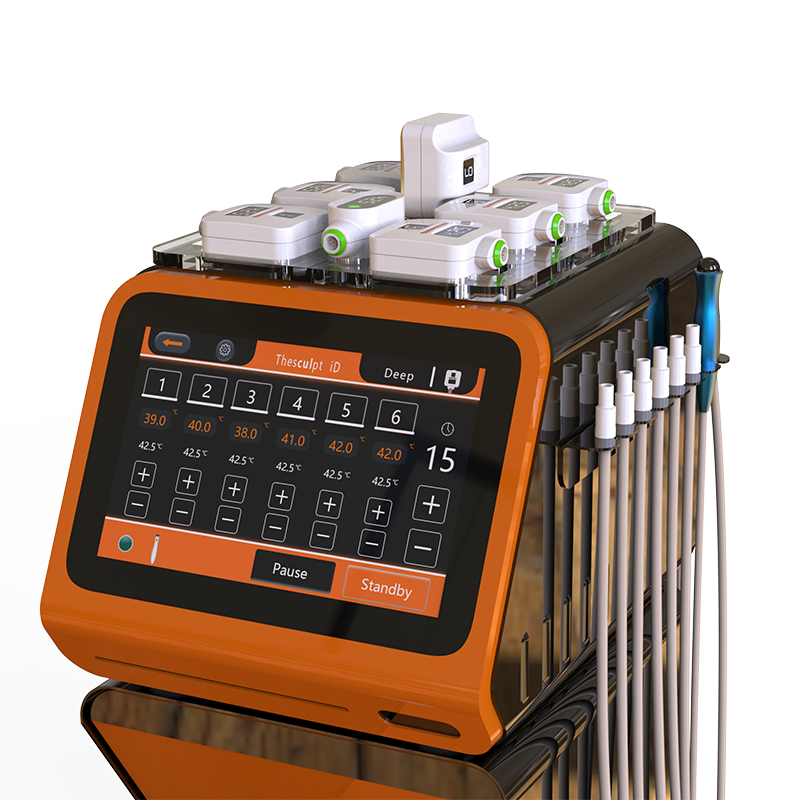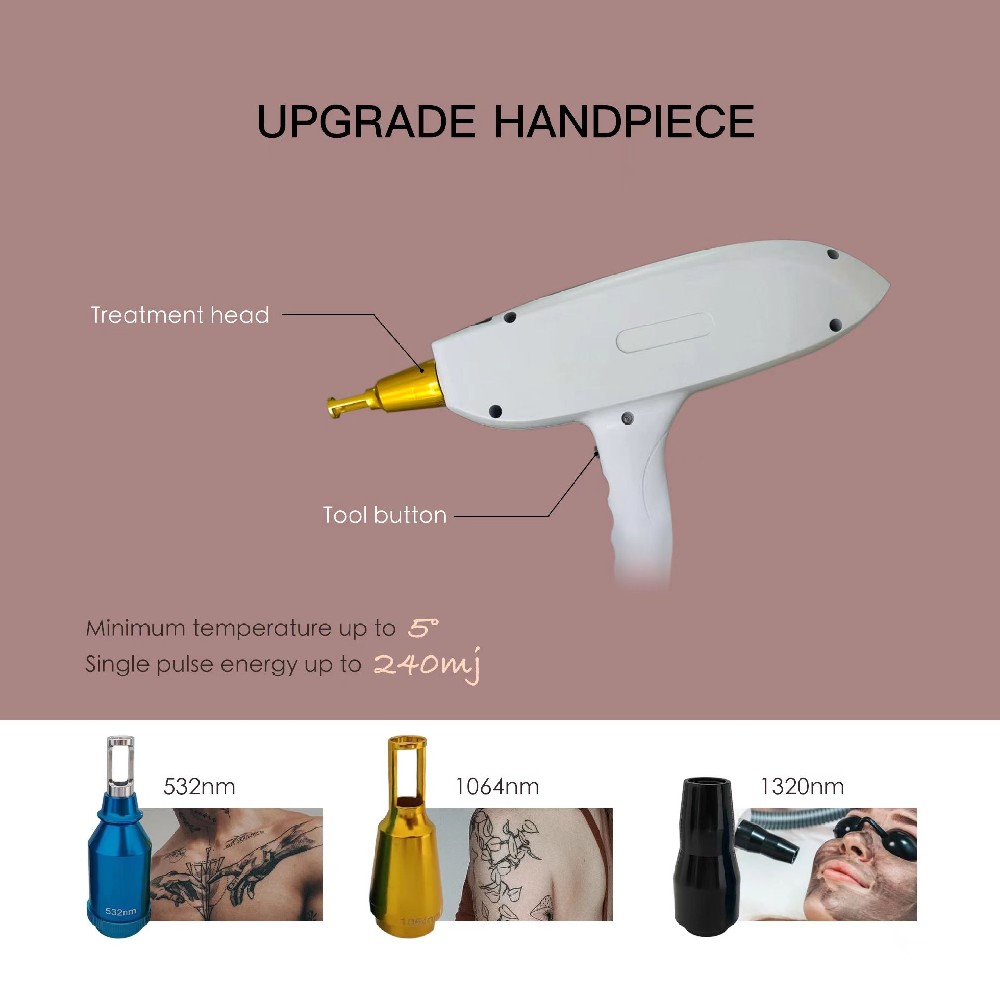ABOUT Medris
Beijing Medris Laser Technology Co.,limited is the provider of cosmetic laser solutions and aesthetic equipment to the medical, cosmetic and beauty industries. Our Company has been providing beauty systems since 2013 for a wide range of applications including Diode Laser system , IPL system,Turshape ID and Flex system, Emsculpt system, Co2 laser system, HIFU System, Microneedle rf system, 980nm system etc. 10 years of rich experience, 8000 successful cases.
CONTACTS
- ADDRESS Room 1006,Fosun International Center,237 Chaoyang North Road, Chaoyang District, Beijing
- EMAIL info@medrislaser.com
- Whatsapp +86 15603215380


